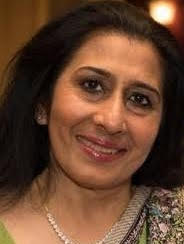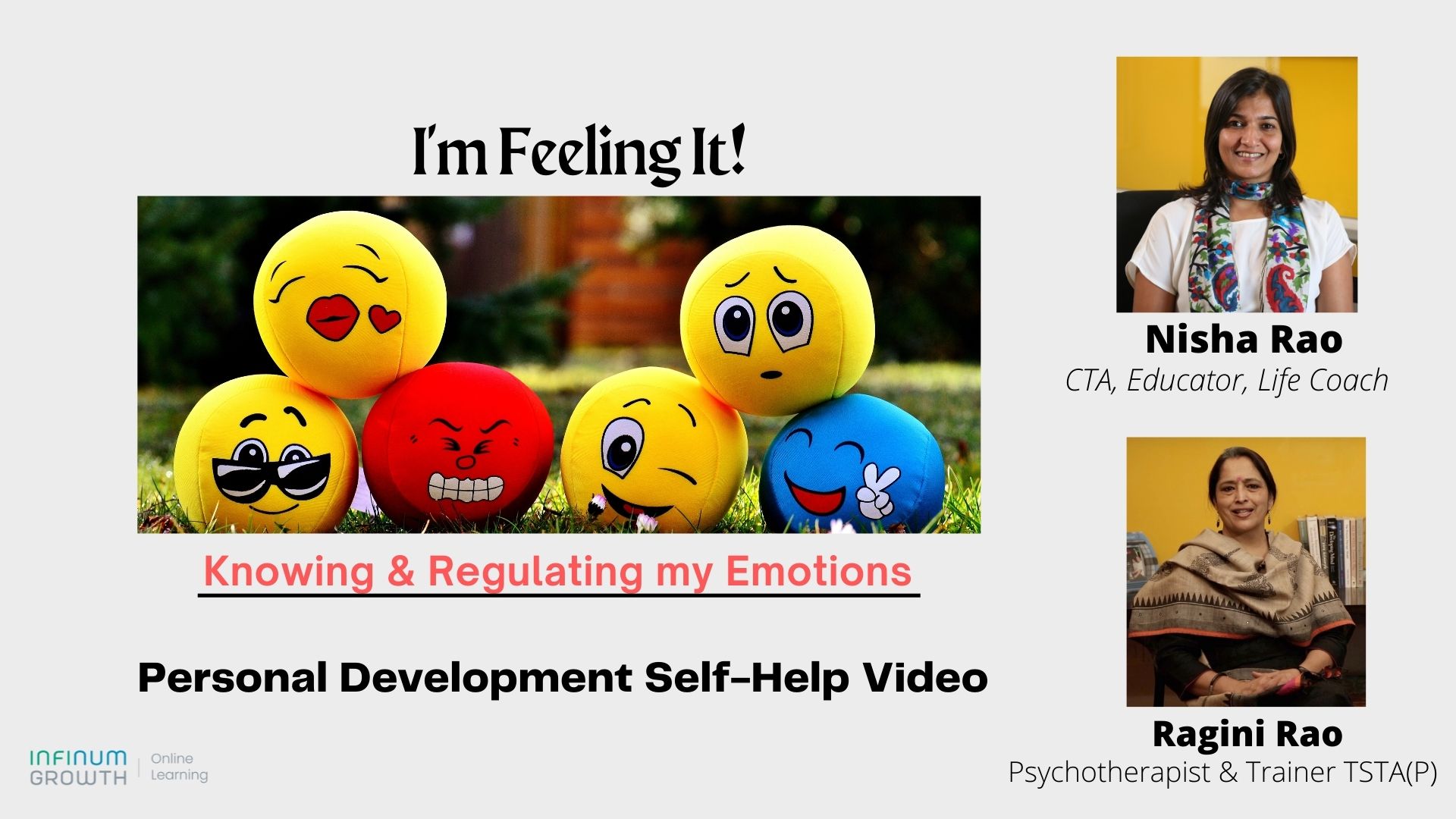There is this old joke. In an organisation, a superior, wanting to praise the performance of his subordinate during his performance appraisal, wrote a very sincere comment; “He works hardly”.
In written communication, we often find the communication either ineffective or leading to miscommunication. The reasons could be many, but a common one is lack of language skills.Those of us who deal with cross cultural work situations realise that language is also culture specific; hence leading to misunderstanding of messages. These issues persist, despite the fact that we do have an advanced level of language expertise, due to the multi-language environment.
When Verbal communication misses the target
As an HR professional, I come across highly qualified technical people, but still do not find them recruitment worthy. One typical reason is ‘Lack of Communication Skills’. As a Career Transition Coach, I always advise my coachees that the end goal of the written communication should be a face-to-face meeting with the recruiters.
In every verbal communication, there would be a desired end result, which is not met. So what is it that goes missing in a written or spoken communication?
So many times I have questioned the intent of the sender for sending me a mail; and in so many face-to-face situations, I have felt that the speaker does not mean what he or she is saying.
In the first instance, it is the lack of non-verbal communication; and in the latter situation, probably the nonverbal signals contradict his spoken words. Research evidence suggests that, in such a situation the receiver tends to believe the nonverbal signs more than the verbal.
Importance of Non Verbal Communication
Non Verbal signals, when added to verbal communication, can make an effective impact on the receiver; and can make up for some of the deficiencies in verbal communication. Digital communication capability now enables this significantly.
The components of non-verbal communications are many:
The Eyes: Try remembering a time when you were communicating with a person who was wearing dark glasses; and the discomfort you felt while talking to that person.
The Face : It consists of innumerable muscles; and a small twitch in any one of them, changes the expression of the face.
The Voice : It is one of the most important communication tools today. Especially when we have moved away from face-to-face meetings to telephonic meetings and video conferencing.
The Appearance : the phrase ‘dress for the occasion’ still holds true.
Gestures: ‘The hand on the mouth’, ‘ a rub of the ear lobe’, ‘shuffling of the feet’ tell us more about what the person is trying to say than what she or he is actually speaking.
Non Verbal communication in the new age
Technology has accepted the contribution of non-verbal cues for effective communication. The result is that we have a large set of emoticons and GIFs that have become part of our day to day communication. In many cases we replace written words with an emoji or GIF, and of course, the receiver perfectly understands what we are trying to convey.
Traditionally too we have used pictures to make a written communication more impactful. I think all of us enjoy the cartoon clips in our newspaper, where the picture says more than the words. Who can forget R K Laxman’s Common Man!!
What can we do for effective communication?
As explained above, the key is to have the right combination of verbal and non verbal; be it while writing or speaking.
- Identify the key communication tool that is being used in a particular situation and then strategize to enhance it.
- Ask for feedback from family, friends and close colleagues; and of course, work on improving it.
Written Communication
- in written communication, thanks to the digital mode, we have some universally accepted emojis and GIFs. Do not hesitate to use them effectively, specially in informal or semi formal communication.I have noticed this is gaining acceptance in peer to peer communication too. It has however yet not become a norm in subordinate – superior communication. Keep your eye on the trends and do not hesitate to adopt them.
- In most powerpoint presentations, the standard complaint is, ‘information overload’. A relevant picture or a clip can convey a lot more than innumerable words.
- For other formal written communication such as letters or emails, a brief phone call or a whatsapp/SMS message to the receiver, before or after the mail, helps in setting a better context.
Spoken Communication
- Posture and appearance contribute a lot to effective communication. When face to face, do be conscious of the way you stand or sit, use hand gestures, eye movements etc to present the right picture. The other person must feel the genuineness of your verbal communication.
- Likewise, a standard advise for a telephonic interview is to dress formally, sit formally before you connect the call. It has its effect on the way you will speak with the other person.
- In a telephonic communication the voice plays an important role – learn to use your voice effectively. If your work involves virtual meetings, you may go for voice coaching. Remember this is not meant for film stars alone!
- Lastly, Practice! Practice! Practice! The mirror can be your good friend here. Or you can video record your message and work on improving it.
The various dance forms tell elaborate stories of life, only with eyes, facial expressions, mudras and body posture. We call this art. Effective communication is an art too; Play with the mix of verbal and non-verbal; develop it and nurture it!
Please do leave your comments at the bottom and do share with others if you like this article.



















Nicely written article and I agree with the author views and new tech generations should know about the importance of communications. Thanks Dr. Meenu Sareen.